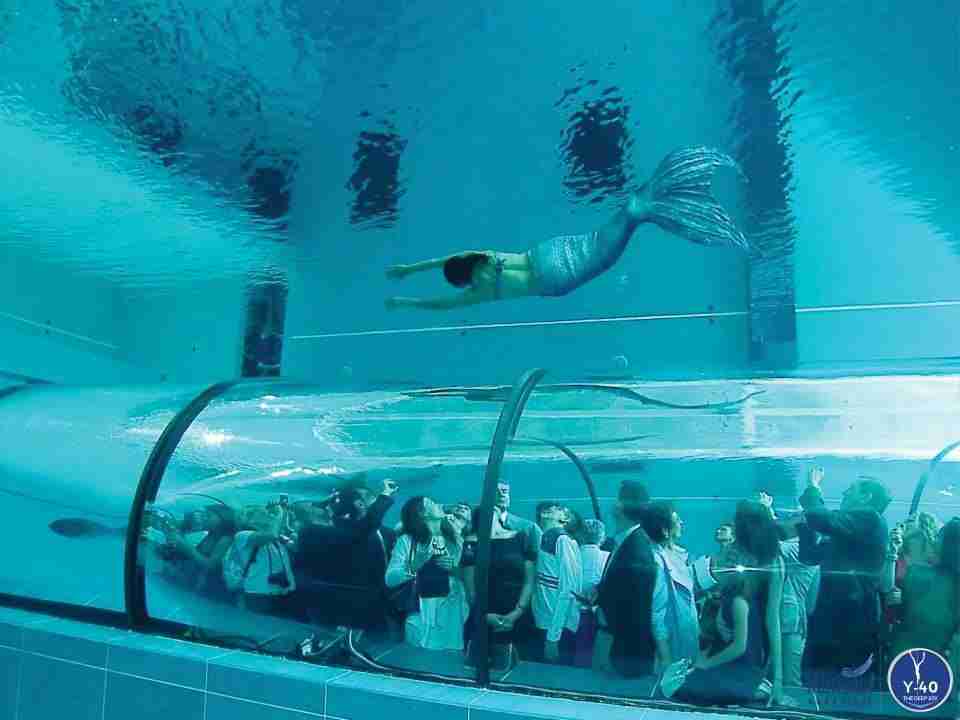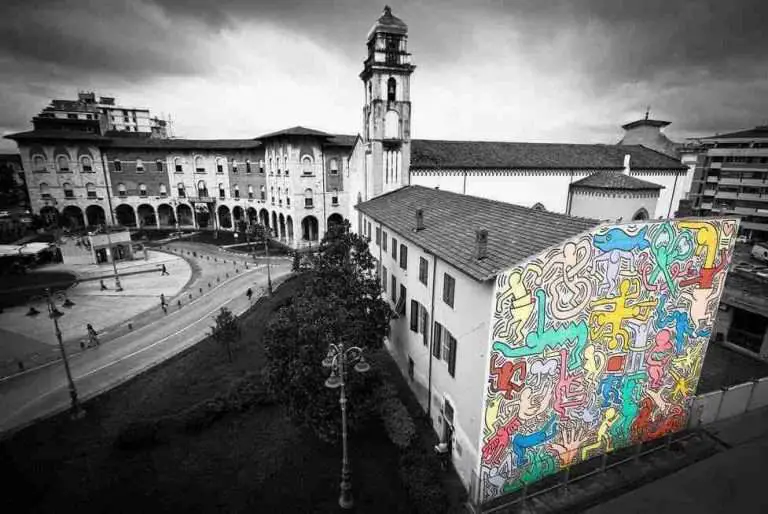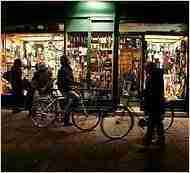Veneto Spa Hotel Has the World’s Deepest Thermal Pool

About half an hour by train from Venice and even closer to Padua is Hotel Millepini Terme, a spa hotel that has the Guinness World Record for the world’s deepest thermal pool. The Y-40 The Deep Joy is 137-feet deep (40 meters) at its deepest, with four underwater grottos along the way. There’s a viewing tunnel at about the 5-meter mark. Fed by the warm waters of the Terme Euganee, one of the most popular thermal spa complexes in Italy, the Y-40 maintains a constant temperature of 30-32 degrees Celsius (about 90 degrees Fahrenheit).
The Y-40 was designed for free-divers and scuba enthusiasts, who can book time at the concept pool separate from staying at the hotel. But pro divers and amateurs can stay at the hotel and take advantage of several dive and relax packages, including ones for families and beginners.
H/t Laughing Squid; Photos: Hotel Terme Millepini
Last updated on June 27th, 2024Post first published on September 21, 2014








